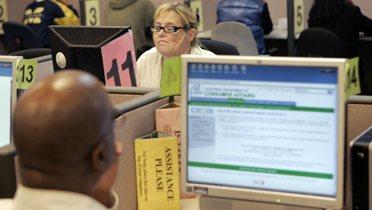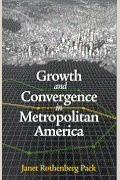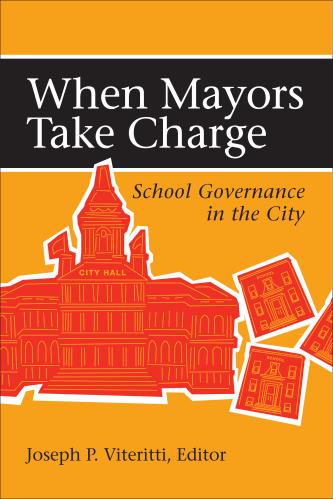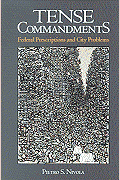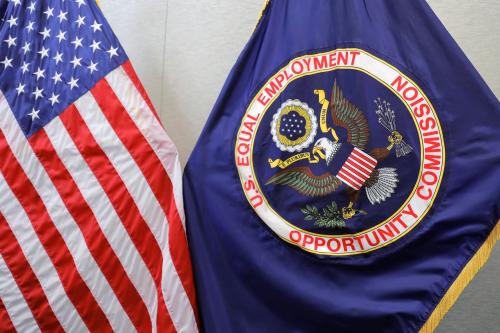Two years after the country entered the Great Recession, there are signs the national economy has slowly begun to recover. Thus far recovery has meant the return of economic growth, but not the return of jobs. And just as some communities have felt the downturn more than others, recovery has not and will not be shared equally across the nation’s diverse metropolitan economies.
Within metropolitan areas, many communities continue to struggle with high unemployment and increasing economic and fiscal challenges, while at the same time poverty and the need for emergency and support services continue to rise. Even under the best case scenario of a sustained and robust recovery, cities and suburbs throughout the nation will be dealing with the social and economic aftermath of such a deep and lengthy recession for some time to come.
An analysis of unemployment, initial Unemployment Insurance claims, and receipt of Supplementary Nutritional Assistance Program (SNAP, formerly known as food stamps) benefits in urban and suburban communities over the course of the Great Recession reveals that:
- Between December 2007 and December 2009, city and suburban unemployment rates in large metro areas increased by roughly the same degree (5.1 versus 4.8 percentage points, respectively). By December 2009, the gap between city and suburban unemployment rates was one percentage point (10.3 percent versus 9.3 percent)—smaller than 24 months after the start of the first recession of the decade (1.7 percentage points) and the downturn in the early 1990s (2.2 percentage points).
- Western metro areas exhibited the greatest increases in city and suburban unemployment rates—5.8 and 5.6 percentage points—over the two-year period ending in December of 2009. Increases in unemployment rates tilted more toward primary cities in Northeastern metro areas (a 5.3 percentage-point increase versus 4.2 percentage points in the suburbs), while suburbs saw slightly larger increases in the South (5.0 versus 4.4 percentage points).
- Initial Unemployment Insurance (UI) claims increased considerably between December 2007 and December 2009 in urban and suburban areas alike. The largest increases in requests for UI occurred in the first year of the downturn—led by lower-density suburbs—with new claims beginning to taper off between December of 2008 and 2009.
- SNAP receipt increased steeply and steadily between January 2008 and July 2009 across both urban and suburban counties. Urban counties remain home to the largest number of SNAP recipients, though suburban counties saw enrollment increase at a slightly faster pace during the downturn—36.1 percent compared to 29.4 percent in urban counties.
Even as signs point to a tentative economic recovery for the nation, metropolitan areas throughout the country continue to struggle with high unemployment. Within these regions, the negative effects of this downturn—as measured by changes in unemployment and demand for safety net services—have been shared across cities and suburbs alike. Standardizing sub-state data collection and reporting across programs would better enable policymakers and services providers to effectively track indicators of recovery and need in the nation’s largest labor markets.
Read the Full Paper » (PDF)
Read the Related Report: Job Sprawl and the Suburbanization of Poverty »
The Brookings Institution is committed to quality, independence, and impact.
We are supported by a diverse array of funders. In line with our values and policies, each Brookings publication represents the sole views of its author(s).



